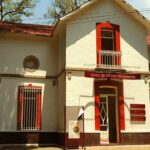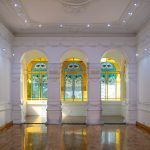
 ocd_sabatina@yahoo.com.mx
ocd_sabatina@yahoo.com.mx
 55 53 00 25 / 55 53 23 95
55 53 00 25 / 55 53 23 95

Nearest at 0.24 kms.

Nearest at 0.30 kms.

Nearest at 0.32 kms.

One of Luis Barragán's most beloved residential works . . .

A terrific neighborhood market just below the famous cemetery . . .

One of the stronger players on the San Miguel Chapultepec gallery circuit . . .

One of the most beautiful old homes in San Miguel Chapultepec.